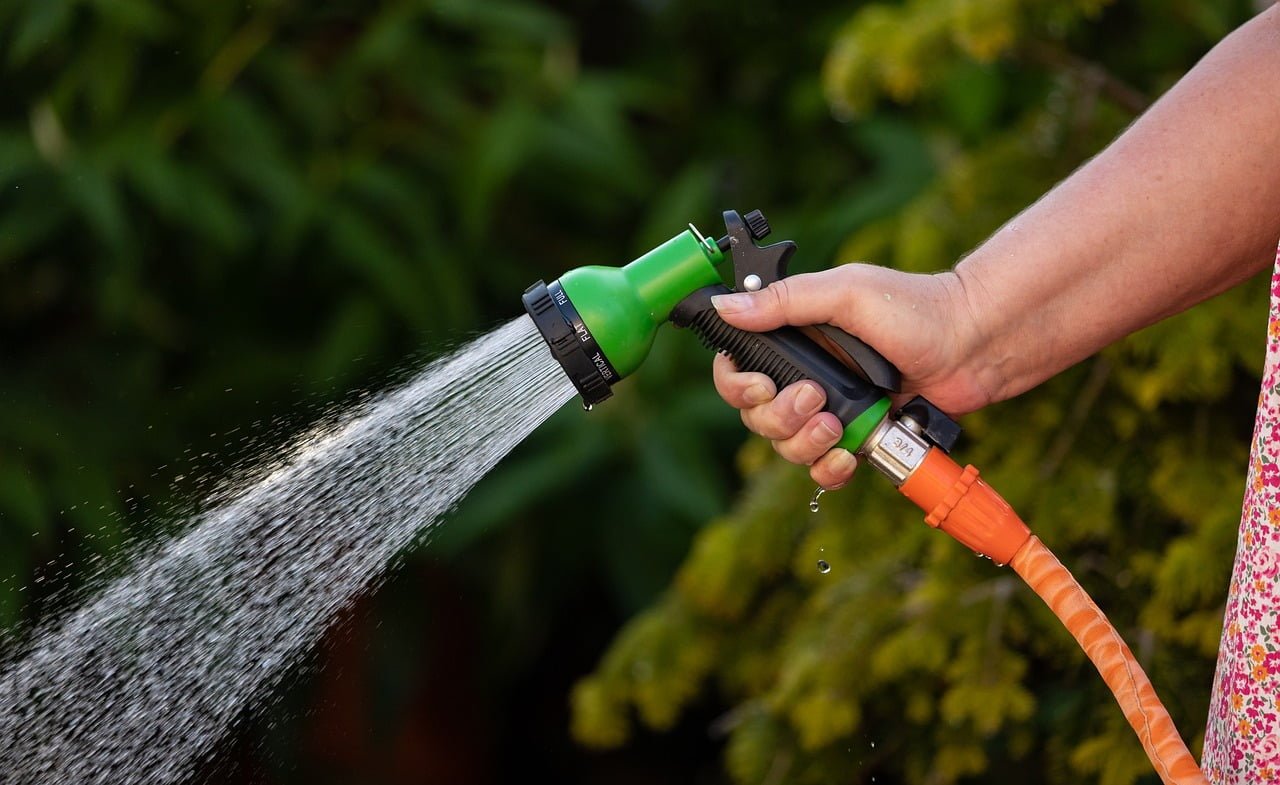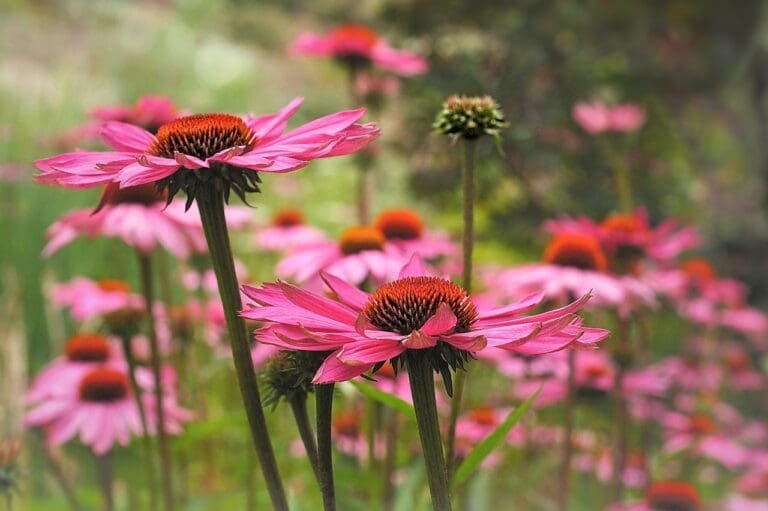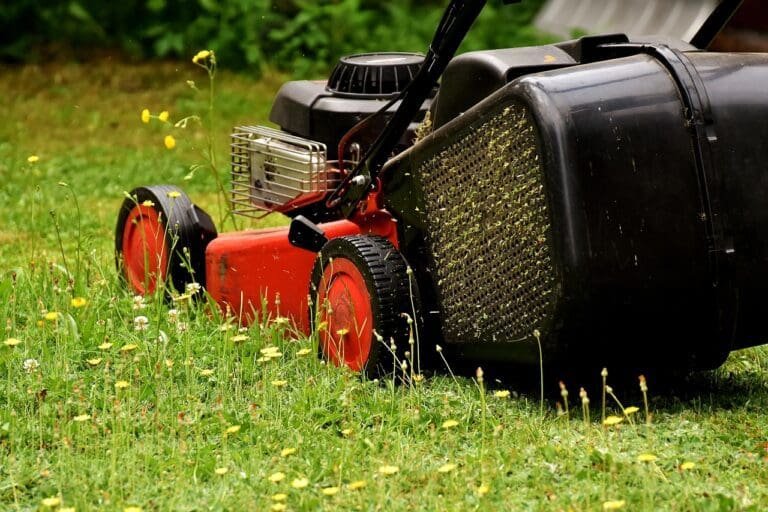With household bills on the rise in recent years, including water bills, it’s becoming more important than ever to find ways to save money. One area where you may be able to cut costs is in your gardening practices by reducing your water usage. By implementing a few simple tips, you can not only lower your water bill but it might also save you some time in the garden.
5 tips to help you reduce the amount of water you use when gardening
1. Choose drought-tolerant plants
2. Adapt your watering technique
3. Mulch garden borders
4. Harvest rainwater
5. Use water saving equipment
This post contains affiliate links which means we may make commission from any qualifying sales with no extra cost to yourself.
1. Choose drought-tolerant plants
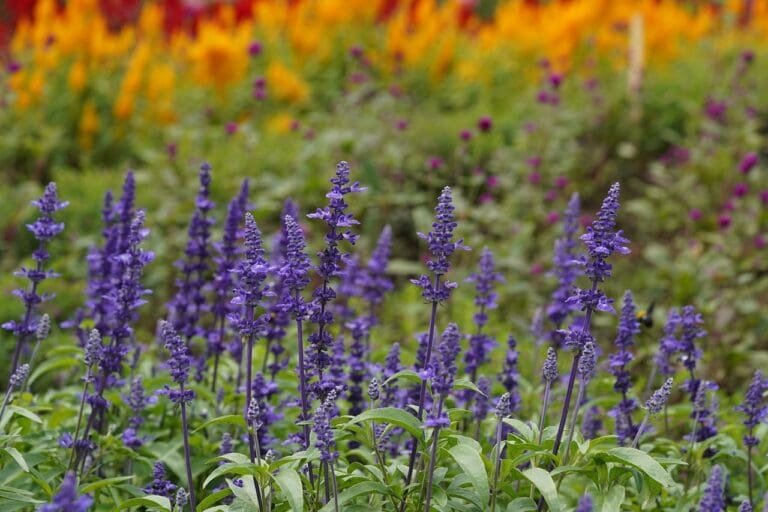
With the effects of climate change becoming increasingly apparent in the UK, it’s important to consider plants for your garden that can withstand periods of drought. Choosing drought-tolerant plants not only reduces the need for regular watering, but can also help your garden thrive during dry spells.
There are many drought-tolerant plants to choose from, including salvia, sedum, and lavender, which can add a beautiful touch to your garden while requiring less water. Check out our related blog post, “Beat The Heat: 10 Drought-Tolerant Plants for UK Gardens” for more ideas and inspiration.
By selecting drought-tolerant plants, you can save time and money by reducing the amount of water needed for your garden. Plus, you’ll have the added benefit of a beautiful and resilient garden that can withstand the challenges of climate change.
2. Adapt your watering technique
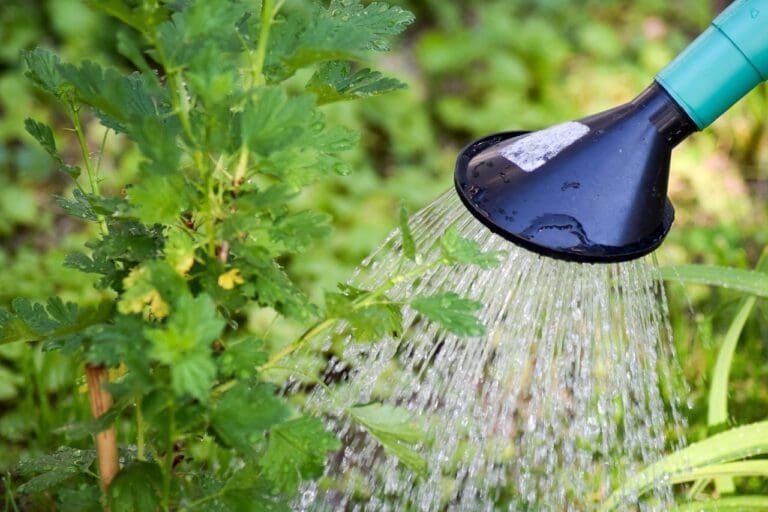
Another easy way to reduce water consumption is to adapt your watering technique. By watering your plants in the morning, you give them enough time to absorb the water before the strong sun evaporates it from the soil. This ensures that your plants are hydrated and can thrive without wasting water.
When watering your garden, consider using a watering can instead of a hose for a more targeted approach. If you do use a hose, it’s worth investing in a trigger nozzle to control the flow and reduce any water waste. It’s also important to avoid over-watering, as this can lead to water waste and potential damage to your plants. Lawns are more resilient than you might think, and if they start to look dry, they will usually recover quickly when rain returns.
Another way to reduce the amount of water your lawn needs is to allow it to grow longer. We discussed some of the advantages of longer grass in our ‘No Mow May‘ blog post, but one of the benefits is that longer grass casts more shade and helps retain moisture in the soil below.
By adopting these simple changes to your watering technique, you can save water and reduce your water bill, while ensuring that your plants and lawn remain healthy and well-hydrated.
3. Mulch garden borders
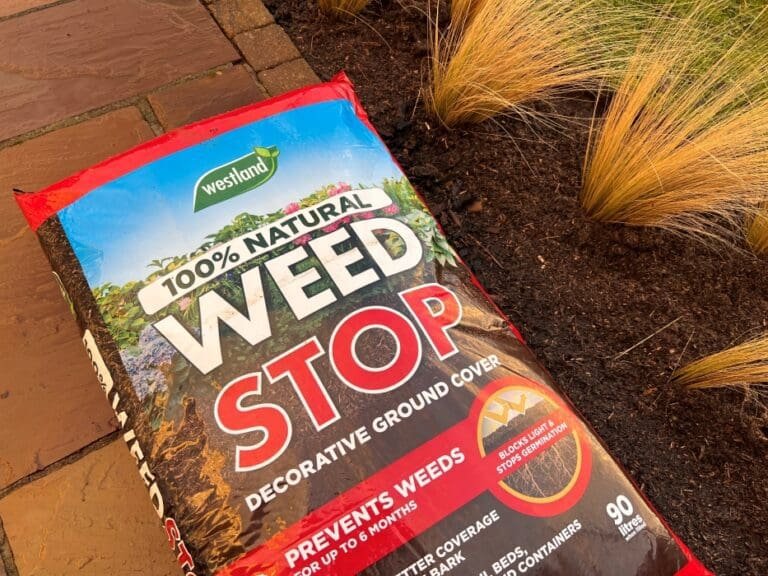
Mulching your garden borders is an effective way to retain moisture in the soil and reduce the need for regular watering. Mulch is essentially a layer of organic matter, such as wood chips, leaves, or bark, that is applied to the surface of your garden beds.
When you apply mulch to your garden beds, it creates a protective layer over the soil that helps to prevent evaporation and retain moisture. This is especially important during hot and dry weather when soil moisture evaporates quickly. Mulch also helps to regulate soil temperature, keeping the roots of your plants cool during hot weather and warm during cold weather.
In addition to conserving moisture, mulch has other benefits for your garden. As the organic matter in the mulch breaks down over time, it improves soil structure and provides nutrients to your plants. Mulch can also help to suppress weeds, reducing the need for chemical herbicides.
When applying mulch, spread it evenly over the surface of your garden beds to a depth of 2-4 inches, making sure not to pile it against the stems or trunks of your plants. This can lead to moisture build-up and rot, which can be harmful to your plants. You can apply mulch at any time of year, but it is especially beneficial to do so in the spring when plants are just starting to grow and in the autumn when they are preparing for winter.
Overall, mulching your garden borders is a simple and effective way to conserve water, improve soil health, and enhance the appearance of your garden. By taking this small step, you can save water, reduce your environmental impact, and keep your plants healthy and happy.
4. Harvest rainwater
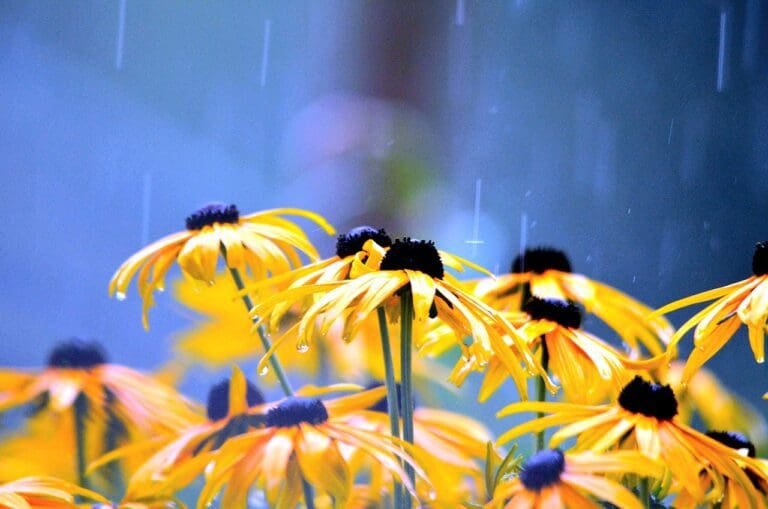
Harvesting rainwater is a great way to reduce the amount of water you use in your garden. By using a water-butt or similar container to store rainwater, you can save water for use during dry spells and reduce your water bills.
To harvest rainwater, you’ll need a container that can hold a substantial amount of water, such as a water-butt. These containers can be purchased online or from your local garden centre. Once you have your container, place it under a downspout or other area where rainwater runs off your roof. You can also install a diverter to channel rainwater from your roof into the container.
To use the collected rainwater, simply dip your watering can into the container and use it to water your plants. Be sure to cover the container with a lid to prevent debris and small animals from entering. You can also add a small amount of organic material, such as a few drops of liquid seaweed, to the water to provide your plants with extra nutrients.
By harvesting rainwater, you can reduce the amount of water you use from your household supply, which not only saves you money but also helps conserve water resources. So why not give it a try? It’s an easy and effective way to reduce your water consumption and keep your garden healthy.
5. Use water saving equipment

Another effective way to reduce your water usage while gardening is by using water-saving equipment. There are various tools and devices available that can help you conserve water, such as drip irrigation systems, low-flow sprinklers, and low flow garden hose nozzles.
Our local water company (Northumbrian Water) was recently offering low flow garden hose trigger nozzles for free on their website in an attempt to help people reduce their water consumption.
These pieces of equipment can be easily installed and can significantly reduce your water consumption while still providing your plants with the necessary hydration. By using these water-saving tools, you can further decrease your water bill and make your gardening practices more environmentally friendly.
Final thoughts
In conclusion, there are many ways to save water while gardening, which not only helps to reduce your water bill but also contributes to the conservation of water resources. By choosing drought-resistant plants, changing your watering technique, mulching your garden borders, harvesting rainwater, and using water-saving equipment, you can significantly reduce the amount of water you use in your garden.
Selecting plants that can withstand periods of drought can help your garden thrive during dry spells while reducing the need for regular watering. Changing your watering technique by using a watering can, watering in the morning, and avoiding over-watering can also help conserve water. Mulching your garden borders with organic matter is an effective way to retain moisture in the soil and reduce evaporation. Harvesting rainwater with a water-butt is another great way to reduce your water consumption and keep your garden healthy.
By adopting these water-saving practices, you can help to preserve this valuable resource, save money on your water bills, and create a beautiful and sustainable garden.

